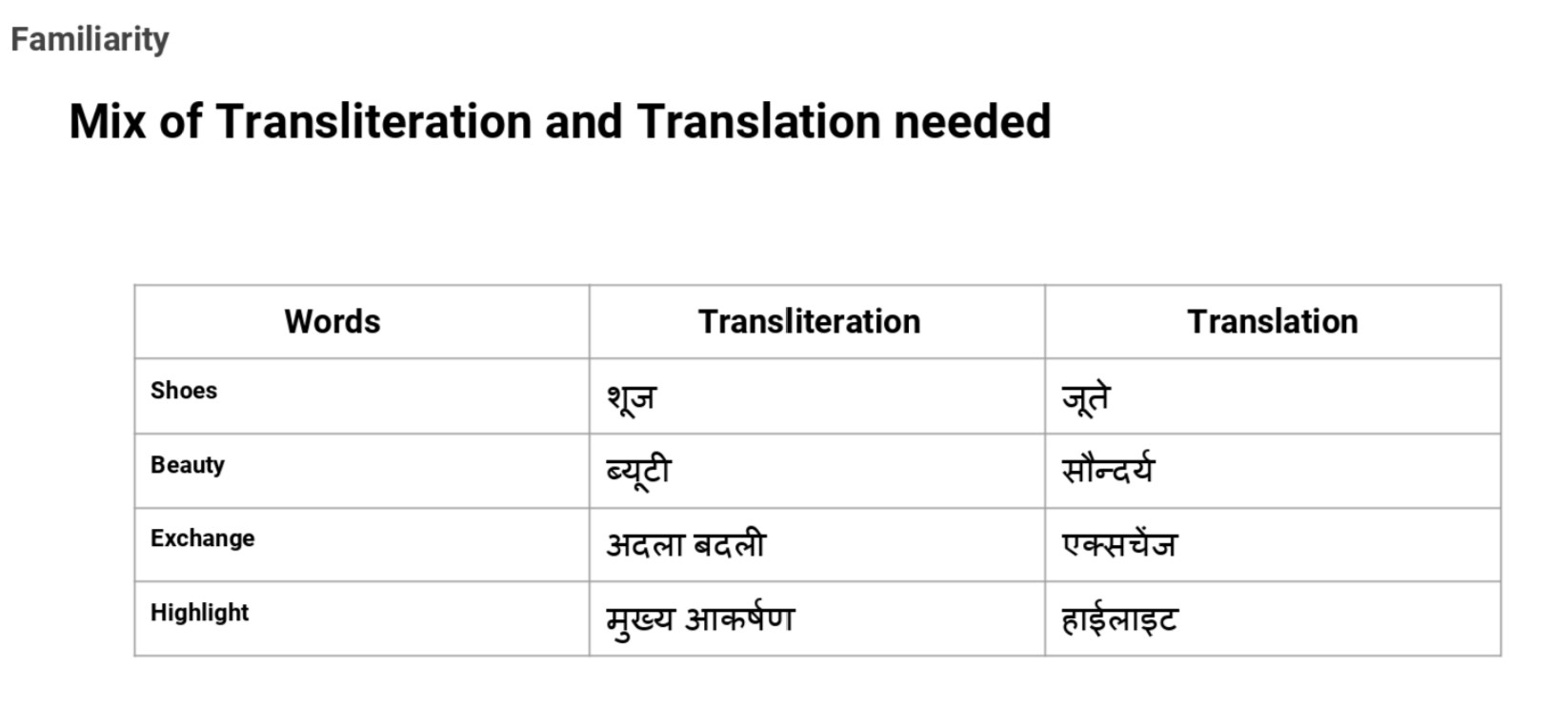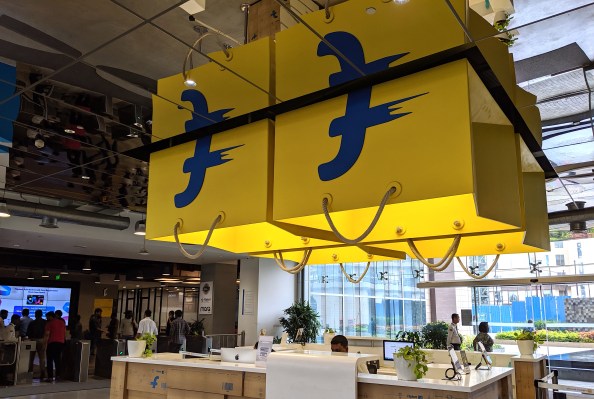Flipkart, the largest e-commerce platform in India, said Tuesday it has concluded the roll-out of a range of features to its shopping app in what is its biggest update in recent years.
Chief among these new features is access to Flipkart in Hindi language. Prior to the revamp of the app, Flipkart was available only in English, a language spoken by 10% of India’s 1.3 billion population.
Flipkart says it is hoping that the new features, which includes a video streaming service, would help it reach the next 200 million users in India.
The major bet on Hindi, a language spoken by more than 500 million people in India, illustrates a growing push from local and international companies operating in the country as they adapt their services and business models to go beyond the urban cities.
And that’s where much of the opportunity, which countless startups and companies have trumpeted to investors to successfully raise hundreds of millions of dollars in debt and venture capital in recent years, lies in the nation.
Even as India already has over 500 million internet users, most of these people have come online for the first time in recent years.
They are very different from the users who came online in the early batches: They are uncomfortable with English, they see a lot of friction in making purchases online, and the current pallet of services that are a hit globally often shoo them away.
Both Flipkart and Amazon India today are struggling to quickly add new customers to their platforms. Though neither of the companies have disclosed how many customers they have, multiple sources have told TechCrunch that both have between 40 million to 60 million users in India.
And their growth, despite major discounts, faster deliveries, selection of more items than ever, and access to a range of entertainment services, has plateaued in the last one year, sources said.
On top of that, both companies took a hit earlier this year when the Indian government introduced changes to the nation’s e-commerce rules, making it tougher for international giants — or those backed by global investors — to scale their businesses. Many critics likened New Delhi’s move to norms in China, which remains cautious about how American companies operate there.
In a rare public interview, Amit Agarwal, manager of Amazon India, told Reuters that e-commerce in India continues to account for “a very, very small portion of total retail consumption in India, probably less than 3%.” The global giant is now quickly scaling its physical presence in India.
For Flipkart, this realization came last year. That’s when a team of six people began traveling across the nation to understand how people in small cities, towns, and villages engage with smartphones and the internet, company executives told TechCrunch in an interview.
They quickly realized that they needed to make significant investment into customizing their service if they wanted to maintain their current lead over Amazon India.
The team of six people quickly ballooned to include an additional 20 teams and hundreds of members, the executives said.
For Flipkart, the need to make the switch was even more urgent. About 60% to 70% of orders it currently receives on its platform come from these small cities and towns — often dubbed as India 2 and India 3, said Kalyan Krishnamurthy, the company’s group CEO.
“We spent a lot of time with people in their houses, spoke with many on the streets,” said Jeyandran Venugopal, SVP of Consumer Experience and Platform at Flipkart, in an interview with TechCrunch.
The company found that online shopping in English for these users appears to be “full of guesswork with limited understanding,” he said. “There was a lot of apprehension that these users had about what might happen when they tap a button. Because the language was English, these users were very cautious about engaging with a platform where you could spend money.”
After conducting a trial, the company found that mere translation of texts on the app to Hindi language wasn’t significantly helpful either.

A slide from Flipkart’s internal report detailing the efforts behind bringing Hindi to the shopping app
It felt too formal and official and was not very easy to read and understand, Venugopal said. So the company began translating English to conversational Hindi with colloquial tone. And that did the trick, Arindam Mukherjee, Senior Director of User Experience and Growth at Flipkart, told TechCrunch in an interview.
The new changes work on any kind of smartphone, whether it is a high-end handset from Samsung, or an entry-level smartphone from a Chinese vendor, Mukherjee said. And for customers who don’t want to install the app or don’t have storage to accommodate any additional app, they can just point their mobile browser to Flipkart’s site and avail these features. The company has rolled out the changes to its progressive web app.
An analyst who did not want to be quoted as he consults both the e-commerce companies told TechCrunch that Flipkart and Amazon India should have started to focus on these localization features several years ago.
He said many services from top companies today have failed to get an early-mover advantage because they did not pay attention beyond the few million Indians who live in urban cities. He noted that this dearth of attention is the reason why some services such as social network ShareChat, video app TikTok, and social-commerce service Meesho with local focus have gained such a large following in such a short time.
Flipkart executives said in addition to just showing the texts in Hindi, they have also build a digital assistant that sort of “holds hand” of the customer and navigates them through the selecting of items to filling in their address details and then finally making the purchase.
Whether this bet would work remains a question. Amazon India introduced support for Hindi language last year and by all accounts, it appears the move hasn’t proven significantly helpful.
But Flipkart is going a step further by bringing free videos and a social network-esque feed to the shopping app. Flipkart’s Mukherjee said early signs after the rollout have been very promising, but he declined to share any figures.
We should be able to find soon. Next month, Flipkart will hold Big Billion Day, its biggest sales event in the year timed ahead of Diwali, a major festival in the nation that sees hundreds of millions of people spend lavishly.
